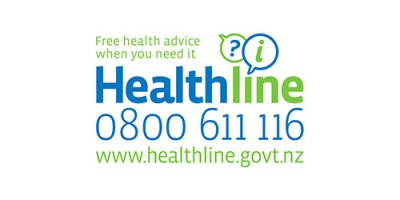‘Guardrails’ safety upgrade for IV pumps
 There are more than 200 intravenous or IV pumps across the system and last year (2017) they all got a safety upgrade.
There are more than 200 intravenous or IV pumps across the system and last year (2017) they all got a safety upgrade.
There are more than 200 intravenous or IV pumps across the system and last year (2017) they all got a safety upgrade.
IV pumps are used to give medications, and each pump is fitted with drug error reduction (DER) software referred to as 'guardrails'. Quality Improvement Coordinator Jen Hassloch says the guardrails provide a safety net for staff and patients, and are pivotal in reducing medication errors.
"The guardrails software is designed to alert staff to potential overdoses, overly-high infusion concentrations (which can burn a patients veins) or medication being given too fast," Jen says.
However, over time new medications became available and clinical practice moved on, but the DER software on the IV pumps wasn’t updated.
“A nurse could go to load a medication in to a pump and the profile for that drug would not be there,” says Jen.
During the upgrade every infusible drug in medication rooms was reviewed and cross checked against the software so it now has a corresponding guardrails profile.
Additionally, the dataset now reflects the most current evidence from New Zealand Formulary, Electronic Notes on Injectable Drugs, the RMH Paediatric Injectable Guidelines and Starship Hospital Drug guidelines.
Guardrails catch approximately 1800 potential errors every year with ‘hard limit’ IV pump alarms being triggered. The alarms have been closely scrutinised by the team and unnecessary ones have been disabled which will mean that from now, if your IV pump alarms, it’s because there’s a definite problem to troubleshoot.
The upgrade is the culmination of 18 months of work by the Pharmacy and Clinical Governance Support teams to support clinical staff in minimising medication errors.
Page last updated: 31/05/2018





